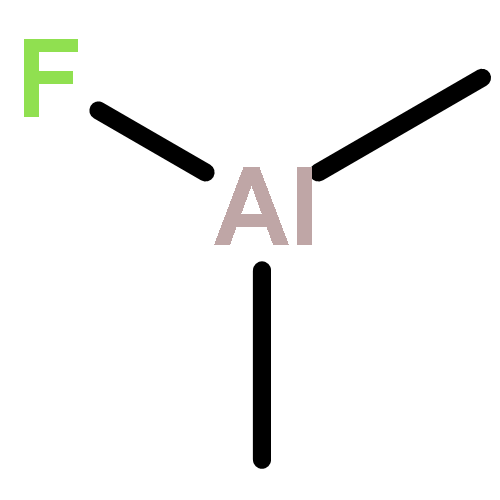Co-reporter: Younghee Lee, Jaime W. DuMont, and Steven M. George
pp: 2994
Publication Date(Web):April 11, 2016
DOI: 10.1021/acs.chemmater.6b00111
Trimethylaluminum (TMA, Al(CH3)3) was used as the metal precursor, together with HF, for the atomic layer etching (ALE) of Al2O3 using sequential, self-limiting thermal reactions. Al2O3 ALE using TMA demonstrates that other metal precursors, in addition to Sn(acac)2, can be employed for Al2O3 ALE. The use of TMA for Al2O3 ALE is especially interesting because TMA can also be used for Al2O3 atomic layer deposition (ALD). Quartz crystal microbalance (QCM) experiments monitored Al2O3 ALE at temperatures from 250 to 325 °C. The Al2O3 ALE was linear versus the number of HF and TMA reaction cycles. The QCM studies showed that the sequential HF and TMA reactions were self-limiting versus reactant exposure. The Al2O3 etching rates increased at higher temperatures. The QCM analysis measured mass change per cycle (MCPC) values that varied from −4.2 ng/(cm2 cycle) at 250 °C to −23.3 ng/(cm2 cycle) at 325 °C. These MCPCs correspond to Al2O3 etch rates from 0.14 Å/cycle at 250 °C to 0.75 Å/cycle at 325 °C. X-ray reflectivity and spectroscopic ellipsometry analyses confirmed the linear removal of Al2O3 and etching rates. Fourier transform infrared spectroscopy measurements monitored Al2O3 ALE by observing the loss of infrared absorbance from Al–O stretching vibrations. Surface intermediates were also identified after the HF and TMA exposures. Al2O3 ALE with TMA is believed to occur by the reaction Al2O3 + 4Al(CH3)3 + 6HF → 6AlF(CH3)2 + 3H2O. The proposed mechanism involves fluorination and ligand-exchange reactions. The HF exposure fluorinates the Al2O3 and forms an AlF3 surface layer and H2O as a volatile reaction product. During the ligand-exchange transmetalation reaction, TMA accepts F from the AlF3 surface layer and donates CH3 to produce volatile AlF(CH3)2 reaction products. The QCM measurements were consistent with an AlF3 surface layer thickness of 3.0 Å on Al2O3 after the HF exposures. The larger etch rates at higher temperatures were attributed to the removal of a larger fraction of the AlF3 surface layer by TMA exposures at higher temperatures.
